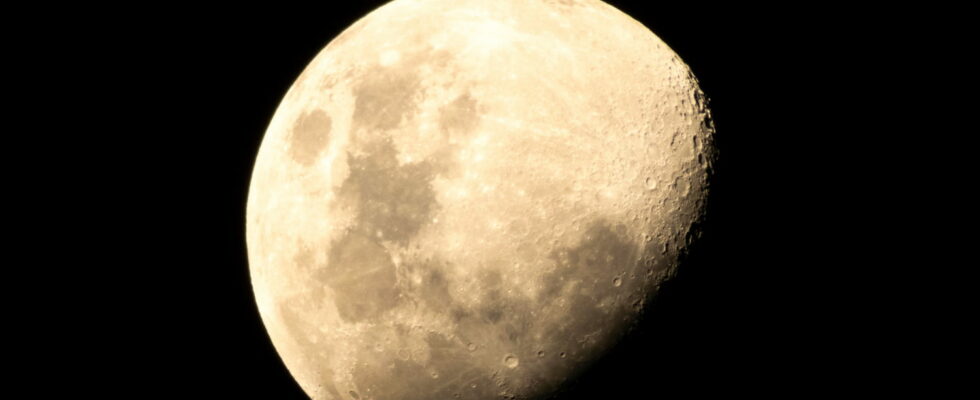The Covid pandemic has truly turned our lives and our world upside down. However, we were far from thinking that it would have repercussions even in space! But scientists have made a lunar discovery…
To try to contain the coronavirus pandemic that was plaguing the world in 2020, the governments of many countries decided to take a drastic measure: they imposed more or less severe confinement on populations. Schools were closed, office workers were placed on teleworking or partial unemployment, and traffic decreased. Industrial production has also been halted in many places. A break from our hectic lifestyle, which has had a strong impact on nature.
But while Covid-19 has disrupted life on Earth, a recent study, published in the journal Monthly Notices of the Royal Astronomical Societyreveals an unexpected phenomenon: our satellite, the Moon, suffered a drop in temperature during confinements. The coronavirus would therefore have had repercussions even in space! We can really talk about a lunar discovery!
The Indian scientists behind the discovery used data from NASA’s Lunar Reconnaissance Orbiter (LRO), analyzing records between 2017 and 2023. It emerged that during the critical period of the first lockdowns, in April and May 2020, temperatures on the Moon’s surface dropped significantly compared to the previous year. We are talking about a loss of 8 to 10°C at night!
This unexpected cooling could have an unusual explanation: the massive reduction in human activities, and therefore in greenhouse gas emissions on Earth. To give you an idea, in April 2020, CO2 emissions from the aviation sector had fallen by 75%, those from surface transport by 50% and those from energy production by 15%.
Also, with widespread confinements, atmospheric pollution has decreased, reducing the greenhouse effect. This change not only limited the heat captured in the Earth’s atmosphere, but also reduced the amount of thermal radiation escaping into space, which is called terrestrial radiation and represents the only source of heat for the Earth. Moon when not directly illuminated by the Sun. The drop in human activity could therefore have disrupted the thermal balance of the Moon, particularly on its visible side, more exposed to terrestrial influences.
Please note that while a difference of 8 to 10°C is absolutely enormous on a terrestrial scale, it needs to be qualified. During the day, the Moon reflects light from the Sun and the temperature on its surface can rise up to 130°C. At night, however, it can drop to -173°C. In fact, a difference of 8 to 10°C on the surface does not represent that big of a change. But it still remains significant enough to be noted and explained.
Although this hypothesis is very serious, the researchers nevertheless emphasize that it is still premature to establish a direct cause and effect relationship. Due to the lack of sufficient data and field analysis, the results of this work still need to be confirmed. For this, we will have to wait for the installation of observatories on the Moon.
This study opens new perspectives on the interconnection between human activities and extraterrestrial environments. Additionally, by observing surface temperatures on the Moon, we could track variations in terrestrial radiation, which would give us a new method for observing and studying climate and environmental changes on our planet. This is promising!
